Story by Stephen Orr
Embarking on a new app development journey can be scary. Even when you know the results will be worth the wait, your team still needs to commit to hundreds of hours. This journey will be huge for your company, so choosing the right starting platform for your native application is crucial. To help you make the best decision for your company, we’ll give you some of our “agency insight” by comparing iOS vs Android app development head-to-head.
Many different factors should impact your decision, but the three biggest ones to consider are the capabilities of each platform, the app development process, and the target audience of your final application. Let’s explore each category.
IOS Vs Android App Development: Audience
Let’s cut to the chase: your target audience is the single most important factor to consider when choosing a platform.
Every part of an app should start with the target audience, and the platform is no different. Building your app on the wrong platform is no different than building it for the wrong people. Consider the following factors before picking your OS:
Market Share
Android and iOS aren’t an even 50/50 split. In 2019, Android maintained a firm grip on 87% of the global market, while iOS only had 13%. That’s a pretty huge gap. However, the gap closes a bit depending upon your country. In the United States, iOS took the lead at 59% market share. However, in India, Android holds a whopping 92% market share.
The better option depends on your audience. If your customers are primarily American, either OS works fine. However, Android may be a wiser bet for an international audience.
Remember that the audience does not stop at a broad national level. Perhaps your app is about to launch in India–where Android has a huge lead–but your specific target audience almost exclusively uses iOS. In that case, demographics are much more important.
Demographics
Demographic data is the secret sauce that makes your app scrumptious. If your audience strongly prefers one OS, you should probably build on that OS.
But who uses which OS? Let’s break down the demographics, based on the statistics from asonalex and PR Newswire:
IOS Demographics
- 29% more likely to be over 35
- 18% more likely to be women
- 14% more likely to identify as extroverted
- Prefer Minimalism, Abstract Expressionism, and Bauhaus
- 37% more likely to have a graduate degree
- Average salary of about $53k and 67% more likely to make more than $200k per year
- Spend about $100/month on tech
- 26% more likely to spend money
Android Demographics
- Skew toward people ages 18-34
- 10% more likely to be male
- 12% more likely to identify as introverted
- Prefer Gothic Art, Street Art, and Surrealism
- Average salary of about $37k and 24% more likely to make between $50k and $100k per year
- Spend about $50/month on tech
- 29% more likely to save money
These trends are limited, but they tell a lot about the user. One of the most noticeable differences is that iOS users tend to spend more money–we’ll talk about that trend in the next section.
Another surprisingly-important trend is behavior. Apple users skew slightly toward the extroverted side of the spectrum. These statistics match up with the “loyal Apple cult” stereotype, and it may even suggest that apps are more likely to move by word of mouth (though more data would be needed to confirm that claim).
Of course, these statistics only represent a few basic trends. They should never replace your own research. Research your target audience. Collect as much data as you can. Use your own demographics data to predict which OS your audience prefers.
Post-Installation Behavior
Android and iOS users don’t just behave differently in their day-to-day lives. They also behave differently once they have installed the app.
To learn more about the differences, Liftoff analyzed post-install engagement with five metrics: registration, reservation, purchases, in-app purchases, and subscriptions. Here are their results:
Shockingly, iOS wins in every category except registration. Even that category is far too narrow to call. The takeaway is clear: iOS users are much more engaged in the app.
However, Android doesn’t fall too far behind. While iOS users are more likely to install, subscribe, and spend, Android users are more likely to open notifications. If your app thrives on notifications, Android could work beautifully.
There are a few distinct reasons that Android’s CTR is so high. The most obvious difference is that Android notifications are more visible. When users have an unread notification on Android, a sticky alert remains visible in the upper-left corner.
Since the notifications are always visible, users are more likely to interact with them. At any time, they can pull down the shortcut menu and open a notification.
However, iOS offers none of these features. Notifications are less customizable and less visible. That’s another win for Android in the iOS vs Android app development battlefield.
But does the behavior really matter if the users don’t convert?
Revenue Generation
Android may have a larger market share, but how many of those customers convert to buyers on the app store? As it turns out, not that many.
Even though Apple has a much smaller market share, the App Store generates 80% more gross revenue than Google Play, according to Apple Insider statistics. However, Google Play is growing. Despite having much lower revenue per customer, Google Play grows 19.6% each year.
So what do these statistics mean for your revenue? Overall, it depends on your app.
iOS users spend a lot more money than Android users. That’s not just the app store; it’s in-app purchases, too. If your business model relies on consumer purchases, iOS is a very strong choice–if not the best choice.
However, Android still has more users. And in many cases, purchases aren’t going to be your main source of revenue. What if you’re building a free mobile app? Most of your revenue will come from advertisements. What if you’re a big brand who wants to give already-paying customers some handy tools? In-app purchases aren’t as important.
Revenue generation isn’t something to guess on. You absolutely must do your research. Iron out your business model. Research your target audience. Revenue generation is critical, yet delicate. A simple misstep–such as choosing the wrong platform–could topple everything you’ve worked so hard to build.
After analyzing your audience, consider the app itself. Certain features may work better on a specific OS.
IOS Vs Android App Development: Capabilities
Each OS comes with different capabilities that could impact your final product. Consider how the OS differs for the end-user to build the best possible app on the best possible platform.
Latest Versions
Both iOS and Android have grown up into dashingly-handsome operating systems with a lot to offer. Here’s what the latest versions have to offer:
IOS 13 Key Features
- Better photo app with improved zoom, powerful editing tools, and a new photos tab.
- Improved portrait mode with adjustable lighting sensitivity and an updated Portrait Segmentation API
- Dark Mode looks great, of course.
- Sign in with Apple lets you, well, sign in with your Apple ID
- CarPlay enables car radios to control iOS devices
- ARKit 3 just came out with iOS 13
- Updated privacy controls
- Siri update
- Performance Boost
- 3d maps
Android 10 Key Features
- Live Caption automatically captions videos and audio
- Smart Reply auto-suggests messages and follow-up actions
- Sound Amplifier boosts and fine-tines headphone audio
- Better Gesture Navigation lets users get around with swipes instead of buttons
- Focus Mode temporarily disables distracting apps
- Dark Theme is always a nice touch
- More privacy controls
- Better location controls
- Immediate security updates
- Family controls
Depending on your application, specific features may make or break the operating system. Apps that rely heavily on the camera, for instance, may want to consider how Apple’s Portrait Segmentation API or Android’s CameraX library impacts the final product.
Customizability
One of the most noticeable differences between iOS and Android is customizability. Apple keeps things simple: you use what you get. Users can customize wallpaper, but that’s about it. Even the default browser is locked into Safari: third-party browsers are forced to use the Safari rendering engine, which makes them slower.
Android, on the other hand, lets users customize just about anything. Users can change their SMS Client, edit their lock screen, or even add a custom ROM. As a result, Android gives you a lot more room to build a customizable experience for your user.
However, customizability doesn’t end with the user. Android app development is much more flexible. Since the publishing standards are much looser, Android apps can do things that iOS apps cannot. As a result, some apps, such as game emulators and torrent downloaders, are not possible on iOS–or at least require a lot of extra work to build correctly.
Security
Apple devices have developed a reputation for security. While iOS is hardly virus-proof, it remains remarkably secure.
The big difference is that iOS is much more closed off than Android. While Android is entirely open-source, Apple’s source code is hidden. Since iOS is a closed system, security threats are pretty rare. Plus, Apple blocks all third-party apps, so malware is harder to install.
Android, on the other hand, lags behind in security. Even though Google releases security updates every month, device manufacturers tend to push updates a bit late. As a result, many Android devices run a slightly-outdated version of the OS. In the event of a major security update, this lag can be a big security issue.
To make matters worse, hackers tend to target Android devices. Since Android has a much larger global market share, attacks scale better.
Despite the clear iOS advantage, both operating systems are pretty secure.
IOS Vs Android App Development: The Process
App development isn’t just about the OS; it’s about how you use it. Depending upon which OS you build for first, your app development process could look radically different. Consider how your decision will impact the final result.
Languages
Programming languages don’t always impact the final app, but they do impact what your developer can do for you. Unless you want to hire separate developers for iOS and Android, make sure your development team is well-versed in the relevant programming languages.
To develop for iOS, you need to know a fair bit of Objective-C or Swift. Android, on the other hand, requires Java and Kotlin.
Swift is elegant, fast, and easy to read. Most developers prefer Swift to Objective-C because it is more concise and a lot less clunky. However, Swift uses the Cocoa Touch API for UI elements, so developers who aren’t familiar with Cocoa Touch may prefer Objective-C.
On the Android side of the table, you have a similar dynamic. Kotlin is newer, faster, and more concise than Java. However, Java is still a powerful tried-and-true language with a lot of life left in it. Plus, lots of developers are very familiar with it. As a result, Java is still extremely popular in Android app development.
Language usually boils down to a matter of developer preference, but it’s worth noting. Since both Swift and Java are object-oriented languages, transitioning between them isn’t too difficult. As a result, it may be wise to find developers who are well-versed in both iOS and Android.
IOS Vs Android App Development Complexity And Timeline
iOS app development is pretty straightforward because you only have to build for a few devices. Android developers, on the other hand, have to worry about device fragmentation.
Device fragmentation is a big problem for Android app development. Since so many different devices run Android, not all of them are capable of running the latest versions. Android 10, for instance, is only available outside of beta on the Google Pixel. Some manufacturers, such as the Chinese manufacturer Oppo, didn’t even get 2018’s Android 9 until January 2020. In fact, 11.5% of Android devices are still running Android 5.1.
As a result, developing an app for Android can be difficult. Even if they build an app compatible with Android 7, a whopping 42.1% of users get left out.
However, iOS app development has its own hurdles because apps need much more vigorous maintenance. If your app isn’t upgraded to the latest version within nine or so months of its release, Apple will remove it from the app store. Plus, iPhones become obsolete much more quickly. That means iOS apps have a shorter shelf life.
Nevertheless, these issues don’t outweigh Android’s device fragmentation. All things considered, Android still takes longer to develop.
Release
While Xcode is free, releasing your app on iOS isn’t. Developers must pay a $99 annual developer fee for access to the SDK and app store. That number seems high, but it makes sense. Since iOS is a closed platform, Apple employees need to vet every app for errors, security risks, design mistakes, and rule violations before release. That process usually takes anywhere from a day to a week.
Android, on the other hand, is an open platform. That means the Android source code and SDK are available for free, so developers can distribute their apps outside of the official Google Play store. As a result, publishing to the Google Play store is much easier. After paying a one-time registration fee of $25, your app will be down to download in just a few hours.
Despite the differing review stages, both the Google Play store and the Apple App Store offer developers a staggered release. In Google Play, you set a percentage of users who get an update. However, the App Store’s phase release is driven by time. The percentage of users that receive an update depends upon the day.
Both the development process and the capabilities of the platform are extremely important for making your decision, but they aren’t the only factor to consider. Remember: your app is a product, so don’t build an Android app for iOS users. Consider your target audience.
IOS Vs Android App Development: The Verdict
Ultimately, the better OS depends on your application. No written guide can beat a professional consultation, so reach out online to chat about your application. We’d love to hear what you have in mind.
Nevertheless, certain apps do work better for certain platforms. While there are always plenty of exceptions, here are some brief, broad suggestions:
Start With IOS If…
- Your target audience has a strong preference for iOS devices or fits firmly in the iOS demographic.
- Your app will generate revenue through in-app purchases.
- The app will be used by a local or American audience.
- The project needs to be completed as soon as possible.
- Security is a major concern.
Start With Android If…
- Your target audience has a strong preference for Android devices or fits firmly in the Android demographic.
- Your app will generate revenue through advertisements or will not generate revenue directly.
- The app will be used by a global audience.
- Notifications are critical to your app strategy.
- Certain features are easier to develop on Android because of the increased flexibility.
However, native apps aren’t always the best solution–especially if all this talk of “iOS vs Android app development” seems confusing. If your app doesn’t need to be super close to the hardware, a cross-platform solution may be the right move. Cross-platform apps are built in a cross-platform framework that “translates” the code into native iOS and Android. Of course, cross-platform solutions can’t always replace truly native ones, but they remain a valuable tool to consider.
Again, every app is unique, so contact us for a professional consultation. We look forward to hearing your ideas.


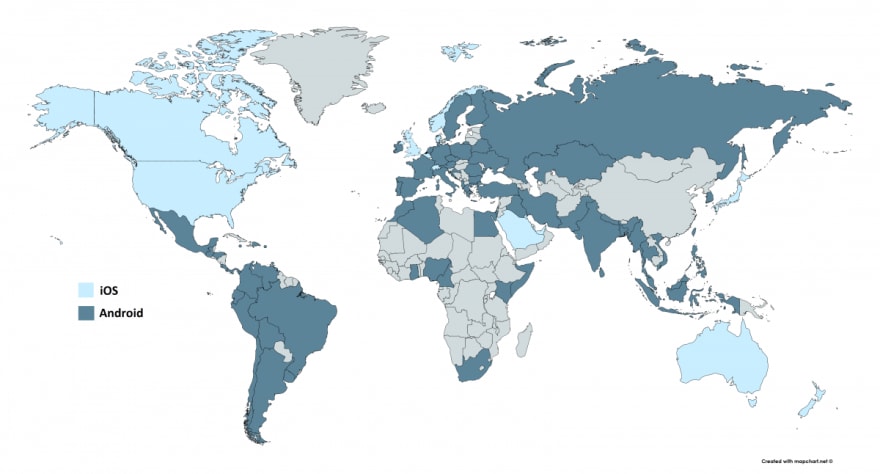


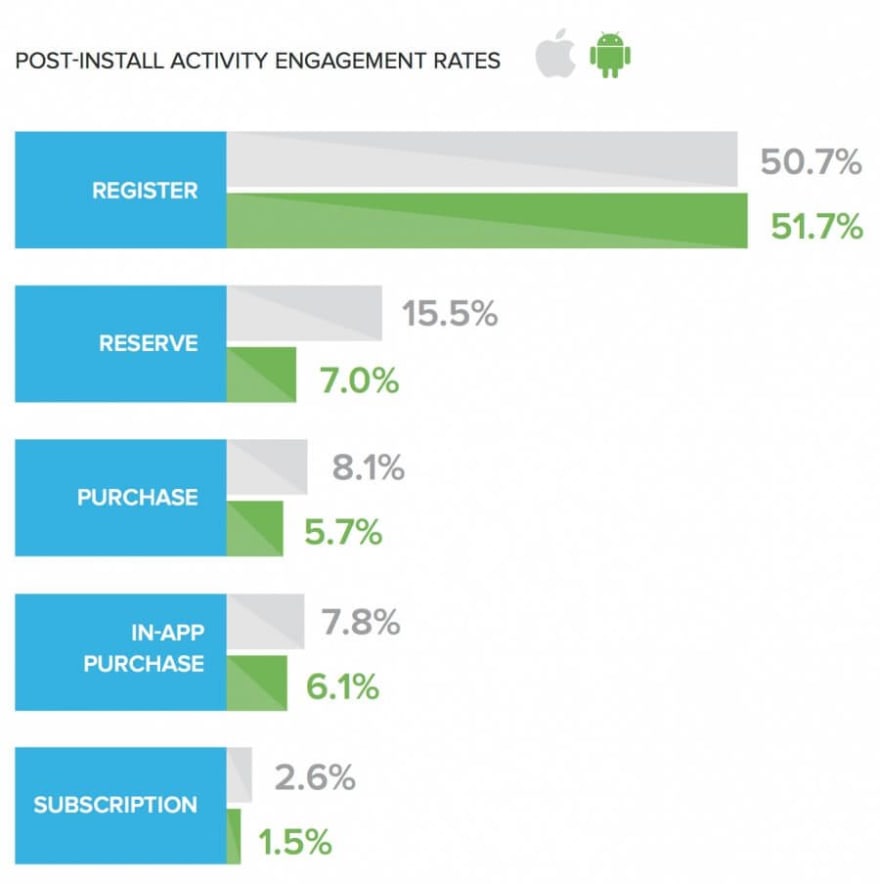



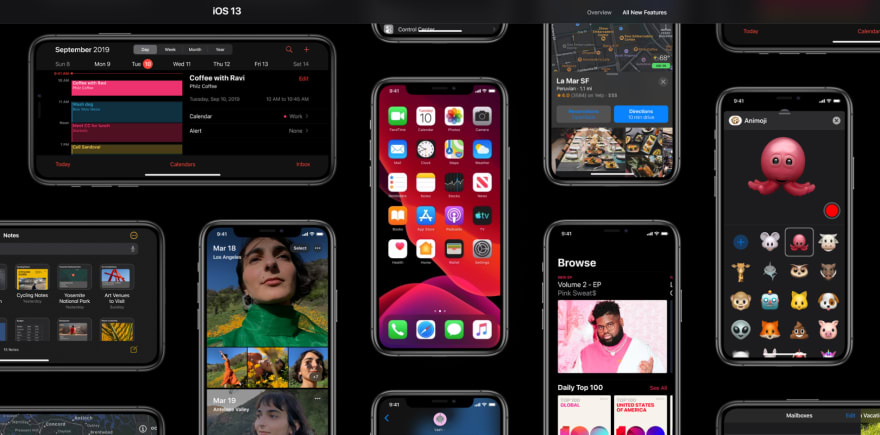
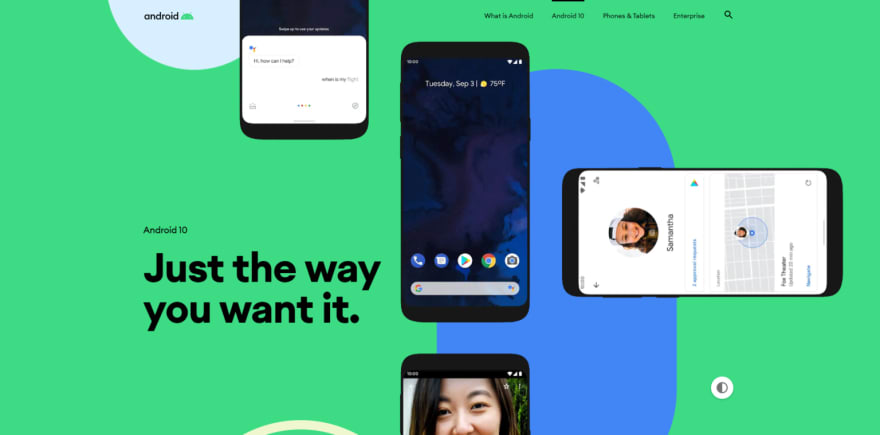


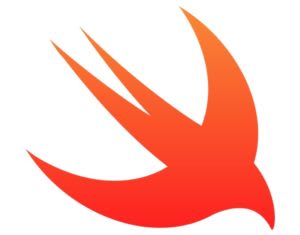


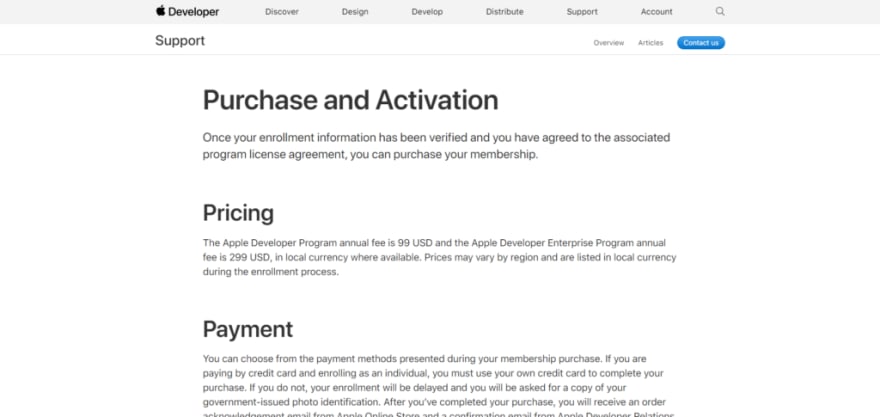

Top comments (0)
Some comments may only be visible to logged-in visitors. Sign in to view all comments.